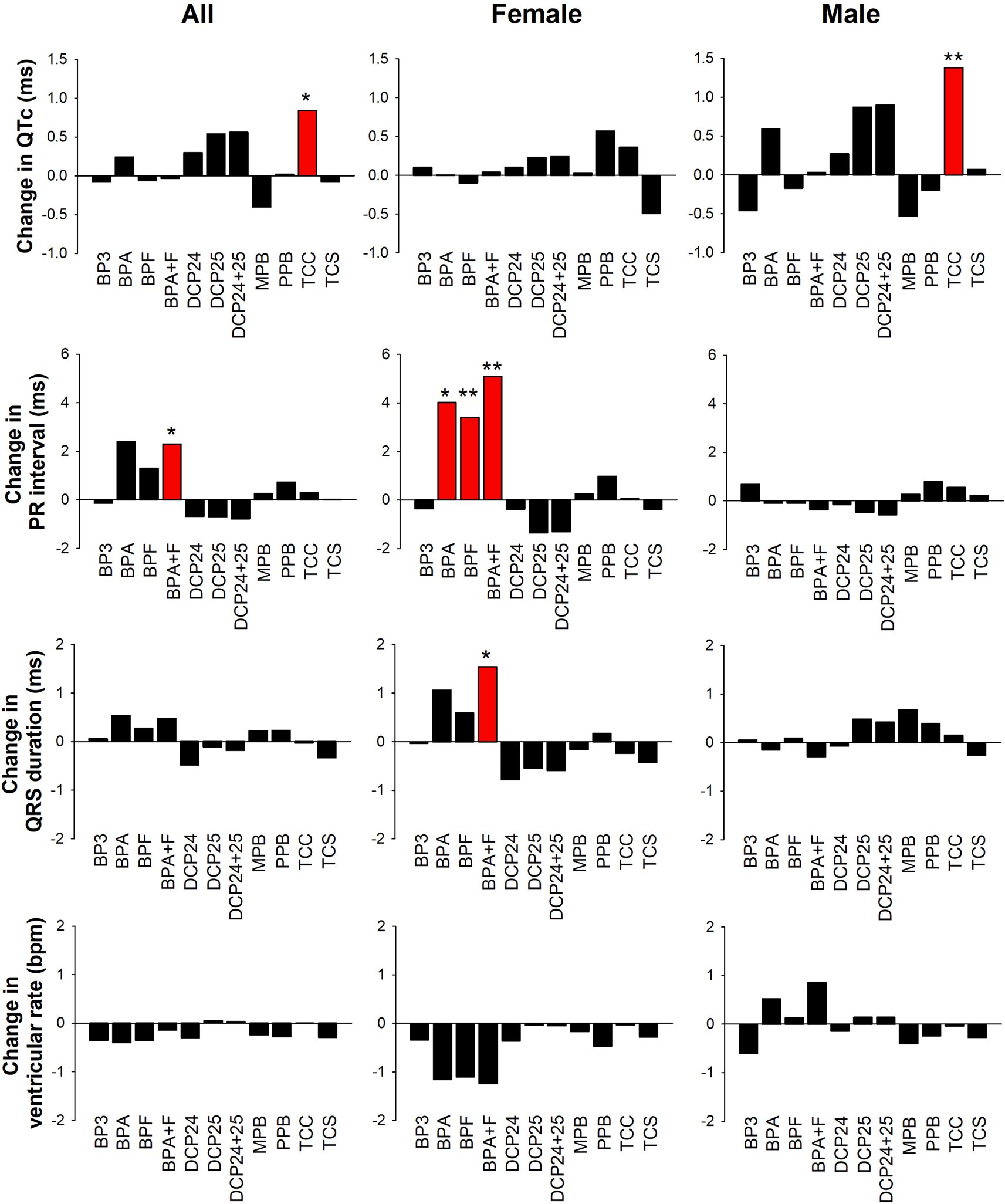
For patients with heart failure with preserved ejection fraction (HFpEF), endovascular treatment (EVT) improves left ventricular (LV) diastolic function, according to a study published online Sept. 9 in Circulation: Heart Failure.
Sven Baasen, M.D., from the University Düsseldorf in Germany, and colleagues examined whether EVT of flow-limiting peripheral stenosis improved LV diastolic function among 30 patients with symptomatic peripheral artery disease and HFpEF who were scheduled for EVT or angiography. Patients were examined at baseline, the day after EVT or angiography (25 and five individuals, respectively), and at four-month follow-up.
The researchers observed a significant change in peripheral hemodynamics after EVT, with a decrease in total peripheral resistance and an increase in common femoral artery flow and ankle brachial index. After EVT, there was an improvement in aortic function, with a significantly reduced augmentation index and pulse wave velocity and increased compliance, resulting in a decline in aortic pulsatile load.
Compared with control, LV diastolic function improved after EVT, acutely and at follow-up, with increased septal and lateral e’ velocities and decreased E/e’ and left atrial volume index. At follow-up, there were decreases in LV mass index and LV mean wall thickness. Post-EVT, there was improvement in the New York Heart Association class and treadmill walking distance at follow-up. Independent contributors to E/e’ included augmentation index, pulse wave velocity, and arterial compliance.
“Successful endovascular treatment of flow-limiting stenosis in patients with definite HFpEF acutely led to improvement of diastolic function, with a sustained effect at the four-month follow-up,” the authors write.
More information:
Sven Baasen et al, Endovascular Treatment of Flow-Limiting Iliofemoral Stenosis Improves Left Ventricular Diastolic Function in Patients With HFpEF by Reducing Aortic Pulsatile Load, Circulation: Heart Failure (2024). DOI: 10.1161/CIRCHEARTFAILURE.123.011258
Guillaume Goudot et al, Heart Failure With Preserved Ejection Fraction: From a Vascular Perspective, Circulation: Heart Failure (2024). DOI: 10.1161/CIRCHEARTFAILURE.124.012187
© 2024 HealthDay. All rights reserved.
Citation:
Endovascular therapy improves left ventricular diastolic function in heart failure with preserved ejection fraction (2024, September 20)
retrieved 21 September 2024
from https://medicalxpress.com/news/2024-09-endovascular-therapy-left-ventricular-diastolic.html
This document is subject to copyright. Apart from any fair dealing for the purpose of private study or research, no
part may be reproduced without the written permission. The content is provided for information purposes only.




